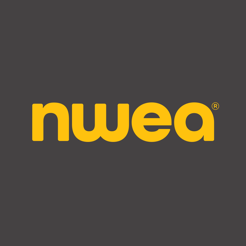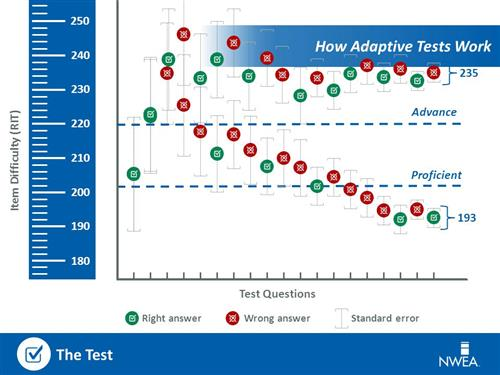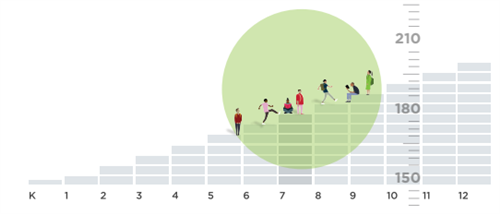
See their needs. Close the gaps. Help them grow.
SY21-22 *Coming Soon
Simple steps to complete prior to test day
Student Resources
Interactive resources to prepare your students for the MAP Growth Test.
Includes a practice test that is not grade level specified - Student Resources
MAP Grouwth Student Testing and Practic LINK
College Explore
Normative Data & RIT Scores
Understand where and how NWEA comes up with RIT scores and what they mean - Normative Data & RIT Scores
Parent Toolkits
Videos, blogs, and guides on how you can help your student feel comfortable with MAP Growth testing - Family Toolkit
Teacher and Proctor Resources
Professional Learning Online
NWEA Professional Learning click here PL Online with NWEA
Simple steps to complete prior to test day
Quick Tips For Managing a Test Session
Video Tutorials Home
Browse these videos to learn the essentials on using the MAP® suite.
Teacher Toolkits
My Students Have Tested. Now What?
Setting Goals & Supporting Growth
Reports & Acting on Data

Getting Started Resources for teachers and administrators, click here.

Getting Started for Educators, click here.

Tools and resources to help make sure you and your students will be successful with your virtual, hybrid or blended learning program. Enjoy. NWEA click here.
What is NWEA?
Northwest Evaluation Association (NWEA) is a research-based not-for-profit organization that supports students and educators by creating assessments solutions that precisely measure growth and proficiency - provide insights to help tailor instruction for the students preK - 12.
What assessments are offered by NWEA?
NWEA offers state-aligned, computerized adaptive tests, called Measure of academic Progress (MAP). These accurately reflect the instructional level of each student and measure growth over time. NWEA offers MAP tests in the subjects of Mathematics, Reading, Language Arts. In-addition, NWEA has Science assessments that measure student knowledge of Concepts, Processes, and General Science.
Pinon Unified School has a partnership with Northwest Evaluation Association (NWEA) and implemented an assessment tool that promotes student learning and motivation, program evaluation, and accountability. NWEA’s Measures of Academic Progress (MAP) are computerized, adaptive tests that assess each student’s current level of academic performance in Reading, Language Usage, and Mathematics. When a student takes a MAP test, the difficulty of each question is based on how well a student answers all the previous questions. The adaptive nature of the test essentially personalizes the t test to each student. As a result, every student has the same opportunity to succeed and maintain a positive attitude toward testing. At the end of the test, the final score is an estimate of the student’s achievement level.

MAP Growth begins with a question at each student's grade level and adjusts the level of difficulty based on individual performance.
When are these assessments administered?
Three times a year - in August, December or January, and May - all PUSD take the MAP assessment to determine their instructional level and to measure academic growth throughout the school year. Following the testing period, parents receive a report showing their child’s achievement level and growth. Results of MAP testing are aligned to Arizona State Standards and provide feedback that is used to modify teaching and learning activities for instruction. Reports are cumulative and show student growth across time. So, if you know your child’s score, you can predict if he/she is in danger of not passing Arizona’s Academic Standards Assessment (AASA) testing.
At PUSD, we encourage all parents to speak with your child’s teacher or an administrator to understand your child’s NWEA results and to be able to use it and gauge academic progress. The numbers are not always easy to comprehend, so PUSD staff and faculty are always ready to help you with understanding and interpreting NWEA results.
What is MAP Growth?
To view a video please, click here.
Growth Over Time
MAP Growth reveals how much growth has occurred between testing events. When combined without norms, show projected proficiency. Educators can track growth through the school year and over multiple years.

The RIT scale precisely measures student performance, regardless of whether they're performing n, above, or below grade level.
